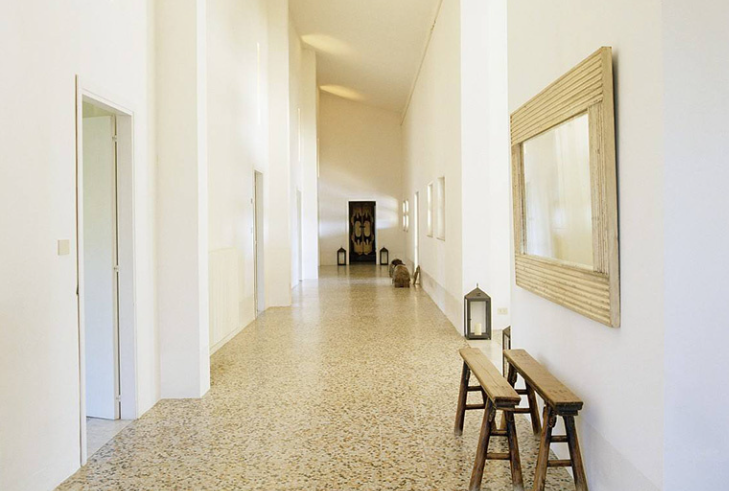Wet and Dry Concrete Polishing
Dry Concrete Polishing
Dry polishing is how it all started. If you densified the concrete and then ground it with your large grinders, you could get a nice shine out of the concrete. It typically takes around 6 – 9 steps which depends on your concrete to get the maximum shine out of your concrete. New technological advancements in polished concrete have made it possible for grinding disks to withstand the heat and friction of dry polishing, making it unnecessary to add water to the process.
- Dry concrete polishing creates a lot of concrete dust and concrete waste that must be disposed of.
- The dry polish takes longer than a wet polish and will use more tooling.
- Dry polishing get a much better shine and finish which is impossible to get the same finish when using water.
Wet Concrete Polishing
Wet polishing requires a water source and a plan to manage the slurry. It can sometimes get tricky when you are going to do with the concrete sludge that is generated during the process. If you have water and can handle the slurry properly then wet polishing is a great option. You eliminate any silica dust concerns and speed up the timeline of the project.
- Wet polishing can be done with the same grinders used for dry polishing.
- Wet concrete polishing can be completed in as little as 4 steps.
- Wet polish keeps the concrete diamond tooling cooler and therefore cuts the concrete better, allowing you to eliminate some early cuts but still giving you the same results.
The choice between wet and dry grinding and polishing is often personal preference. It is obvious that different circumstances require different actions and decisions, and different people have different preferences which is why some people prefer the wet process and some prefer the dry process.

Z0OB_%E5%89%AF%E6%9C%AC.jpg)


Comments
Post a Comment